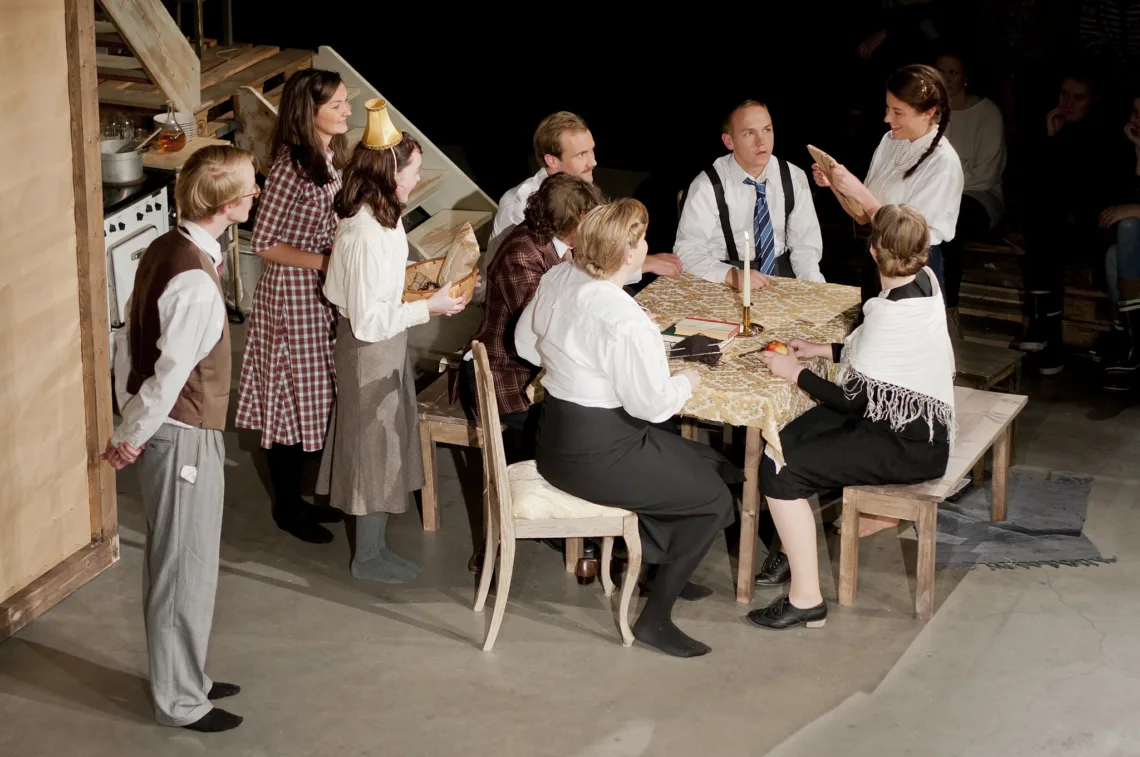Multicultural actors in Norway now want an audience that does not only consist of white people.
The actors demand that the theatres “ensure diversity at all levels”, writes Vårt Land.
Vårt Land recently wrote about the new phenomenon in the USA, “black out performances”, which are exclusively for black people.
“The phenomenon has not yet taken hold in Norway, but realises a long-standing problem in the theatre industry: Both actors and audiences have largely been white”, writes Vårt Land.
The Christian daily newspaper believes it is a problem that, although there has been a focus on “actors with a non-European family background”, in 2020 there were still less than five percent black actors on Norwegian theatre stages.
“Where there are no diversity funds, there are no people with a minority background. It shows that we still have a long way to go. Everyone knows that diversity is important, but no one wants to move, says Nosizwe Baqwa, shoe player and playwright.
Baqwa is currently playing in Camara Lundestad Joof’s play They must give birth to us or pull us to love us at Den Nationale Scene in Bergen. The play is about racism and Baqwa therefore thinks in a way that it is okay that the audience consists of white people.
“We play for a clear majority audience. Of course, it would have been rubbish to play the play in a room full of black people. At the same time, it is important that white people experience what we say about structural racism and the personal consequences of racism that people with diverse backgrounds have to bear on their bodies,” she says to Vårt Land.
Samantha Gurah, whose parents are from Ghana, believes that diversity on stage is also important for diversity in the audience.
“When the audience sees people on stage who look like themselves, the diversity in the theatre will also increase. Better diversity on stage means that multicultural audiences feel included.”
Gurah believes, along with several other multicultural actors, that the theatres must do their part to get more diversity both on stage and in the auditorium.
“I would like to believe so, as Norway is starting to become a more multicultural society. Those of us who are second generation, have different references and opportunities than our parents. But the theatre must also contribute to diversity in several areas, both in the ensemble and in the choice of repertoire”, concludes the actor.

